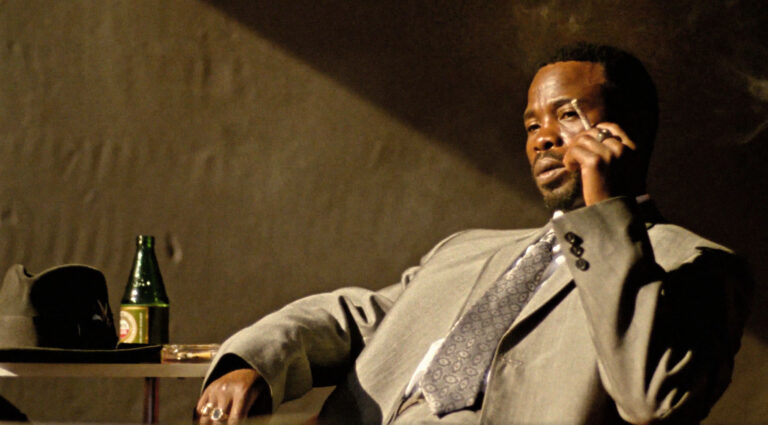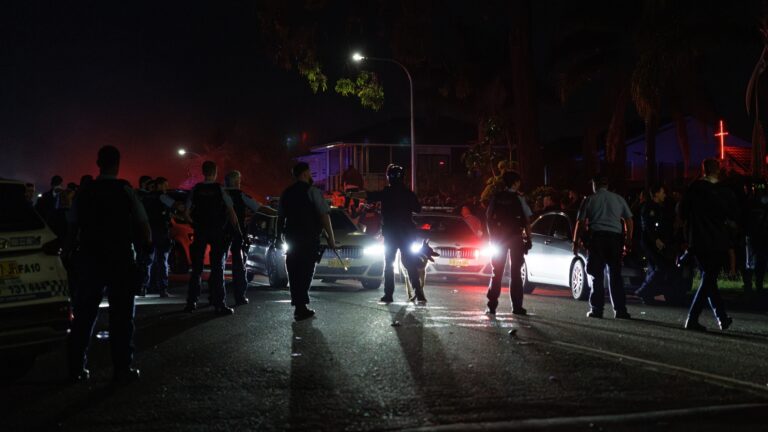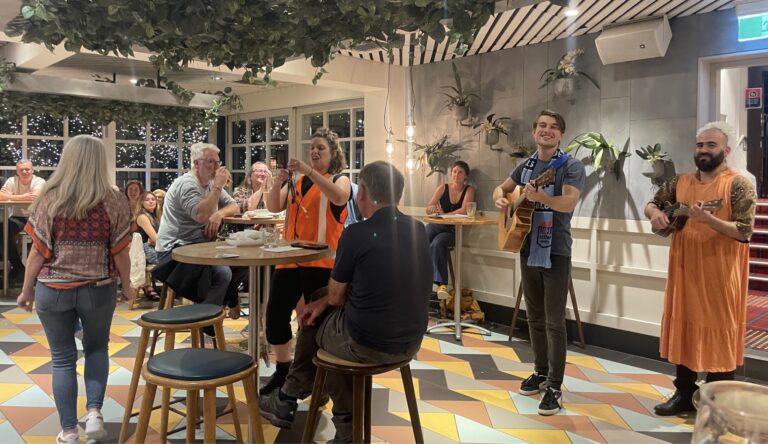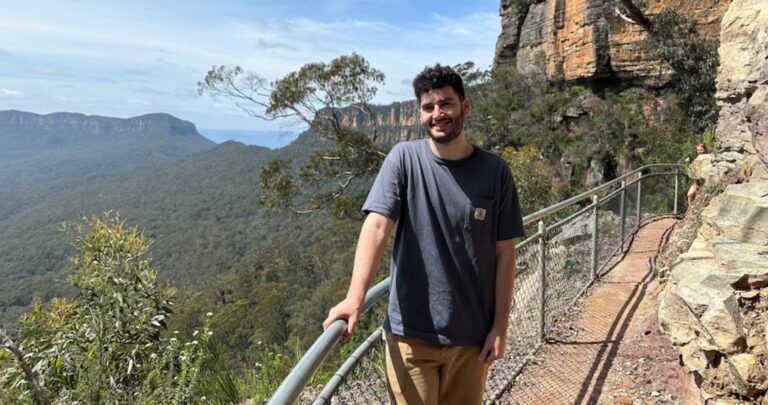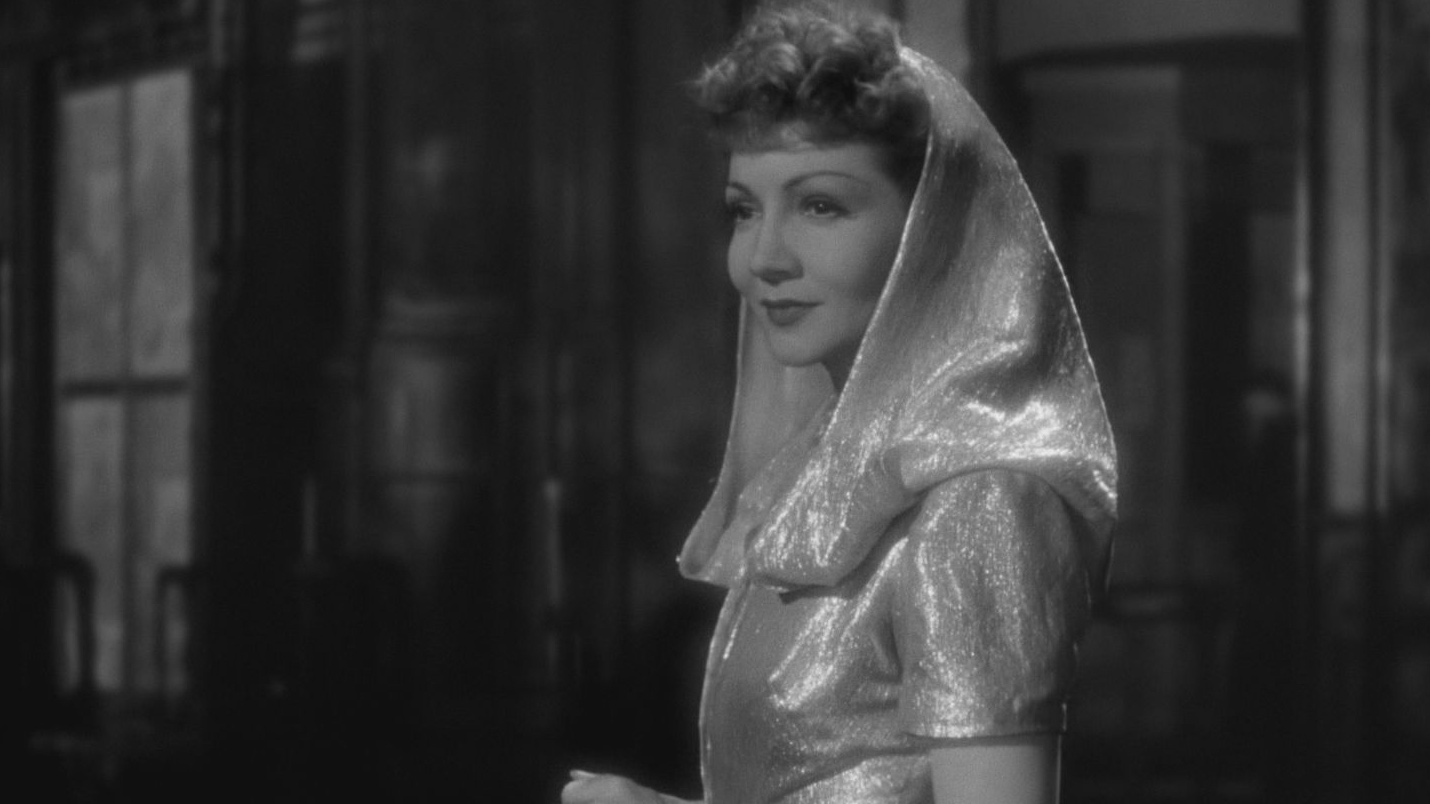
Dissecting Truth
Human rights, ethics and basic decency have all been placed under the microscope recently in regards to Imagine Exhibitions latest production Real Bodies: The Exhibition currently on display in the Byron Kennedy Hall at Moore Park.
The primary concern raised with the exhibition is in relation to the ethical, and legal, procurement of the plastinated human remains on display.
Plastination is a technique used in anatomy to preserve bodies or body parts. During the plastination process the water and fat are replaced by plastics, yielding specimens that can be touched, do not smell or decay, and even retain most properties of the original sample.
It is the use of this technique, namely the timelines required, which has generated much of the controversy according to Doctors Against Forced Organ Harvesting spokeswoman Sophia Bryskine.
“The organisers of this exhibition have admitted that these bodies do indeed come from China and have said that they are ‘unclaimed’ remains. Chinese law requires bodies to be kept for at least 30 days before they can be disposed of if they are unclaimed, yet we know that the plastination process has to be done within the first week of a person’s death.”
Whilst Imagine Exhibitions CEO Tom Zaller doesn’t refute that the specimens were sourced from China he does take offence to claims of unethical practices during that process.
“We’ve been working with Dr Hong Jin Sui, a very well respected, accredited and published scientist from the Dalian Medical University,” explained Zaller before adding, “We’ve been scrutinised countless times by countless journalists, health departments, government officials and independent third parties about the legal sourcing of these specimens but have never had any legal issue or been closed down.”
Imagine Exhibitions are going to have to fight these accusations once again though following the submission of a recent inquiry to the NSW Police Commissioner by Greens MP David Shoebridge.
In his letter to the Commissioner Mr Shoebridge has requested an “urgent investigation” for a potential breach of the Crimes Act 1900 – misconduct with regard to corpses under Section 18C. This section of the law gives a clear provision that any person who “improperly interferes with, or offers any indignity to, any dead human body or human remains” is liable for imprisonment for two years.
As Mr Shoebridge explained his primary concern on this matter surrounds the issue of consent.
“Even if, and I seriously doubt it is the case, that these are validly unclaimed bodies there is a still a complete absence of consent and that of itself is a breach of the criminal law.”
When this notion of consent is raised it often brings into question the ethical and moral validity of not only Real Bodies: The Exhibition but all displays of human remains, such as Egyptian Mummies or other similar petrified remains.
““There are numerous museums around the world that show mummies, which are dug out of a grave. So when you start talking about the ethics of presenting human tissue or anatomical specimens to the general public there is a healthy debate which occurs,” said Mr Zaller.
As a counter point to this both Mr Shoebridge and Mrs Bryskine hold a similar belief that this particular exhibition is fundamentally different due to the recentness of death.
“It’s very insensitive and quite alarming that such a comparison can be made because these bodies belonged to people who were alive just a few years ago and who may still have families looking for them in China,” said Mrs Bryskine.
One final area which either side of this debate differ concerns the educational merit of the exhibition and its appropriateness for children.
From Imagine Exhibitions and Tom Zaller’s perspective Real Bodies: The Exhibition creates an “immersive and education environment which the general public wouldn’t typically have access to.” To further strengthen his argument Mr Zaller told City Hub, “I know from letters I have received that children who have seen the exhibitions with plastinated specimens have been inspired to pursue studies in medicine.”
For Mr Shoebridge and Mrs Bryskine though the educational aspect of the exhibition is of a very different nature.
“We’ve had feedback from doctors and nurses who have visited the exhibit who have said there is very little educational purpose, it is more of a grotesque display with some artistic connotation,” said Mrs Bryskine.
“The educational merit of this exhibition is to see how readily people will put aside human rights concerns and basic decency to simply gawk at other people’s exploited bodies and that’s not an education anybody should be receiving,” said Mr Shoebridge before quickly adding, “I’m particularly distressed at the thought that schools are taking excursions to see these people displayed like this.”
Real Bodies: The Exhibition
Until Oct 1. The Byron Kennedy Hall, Entertainment Quarter, 122 Lang Road, Moore Park. $19-$33+b.f. Tickets & Info: www.realbodiesexhibition.com.au
